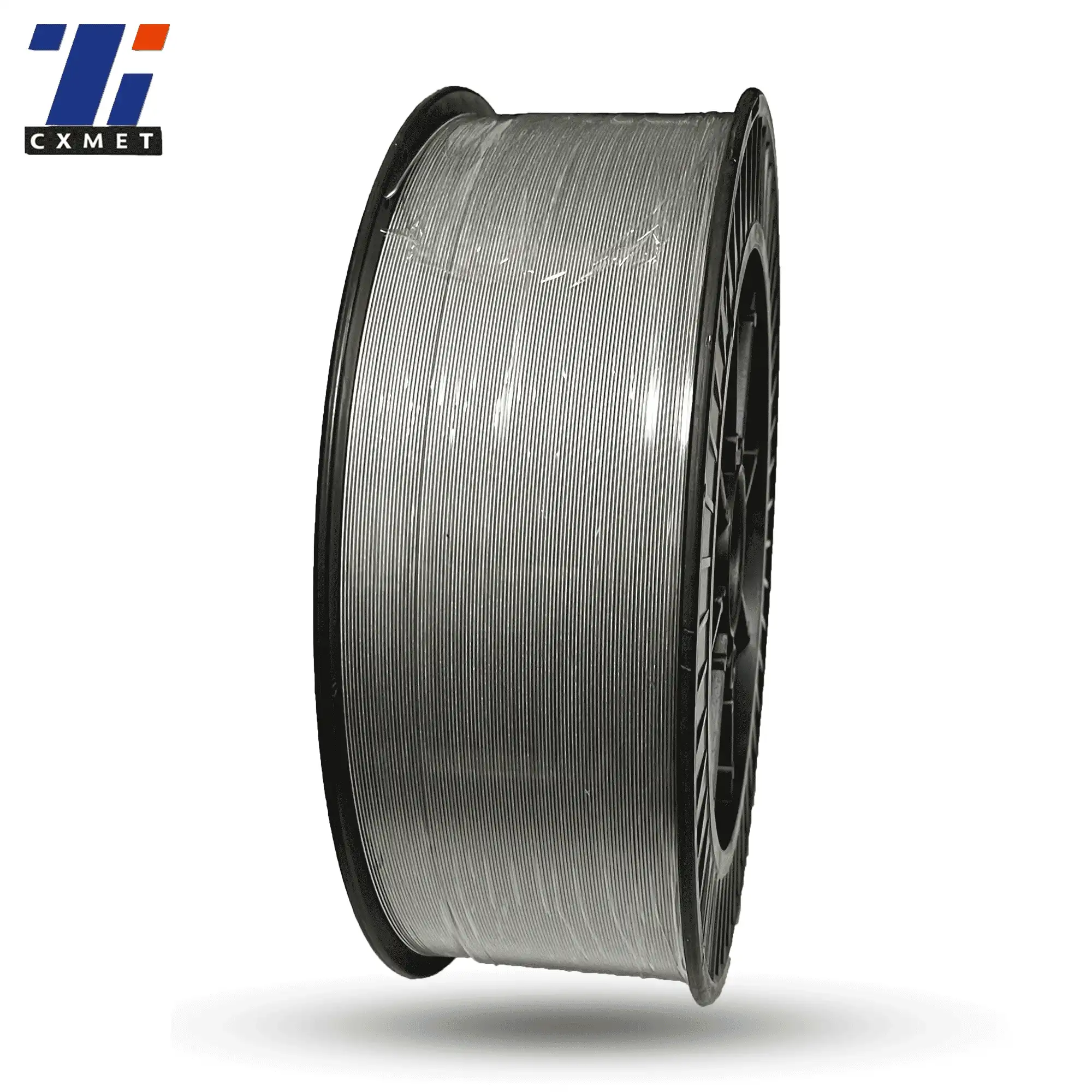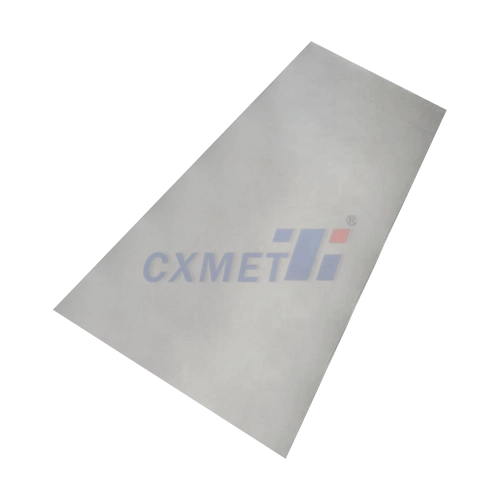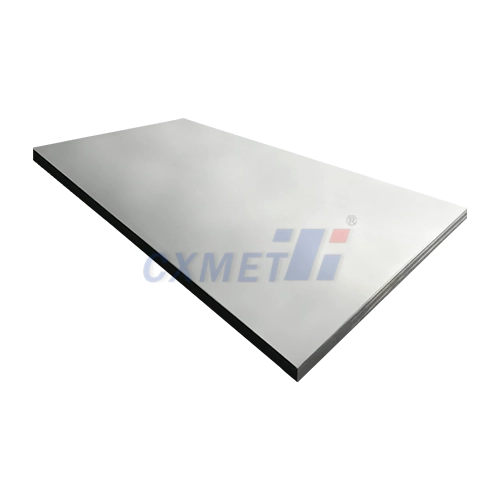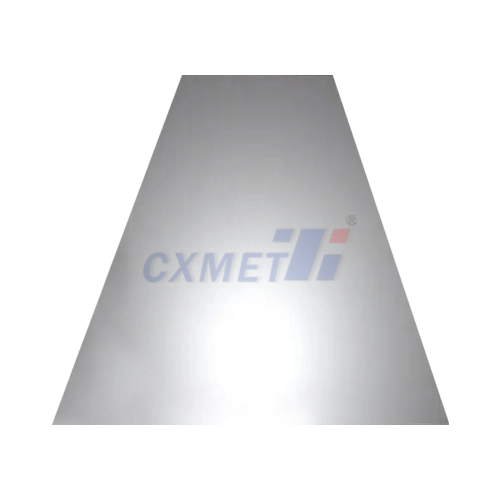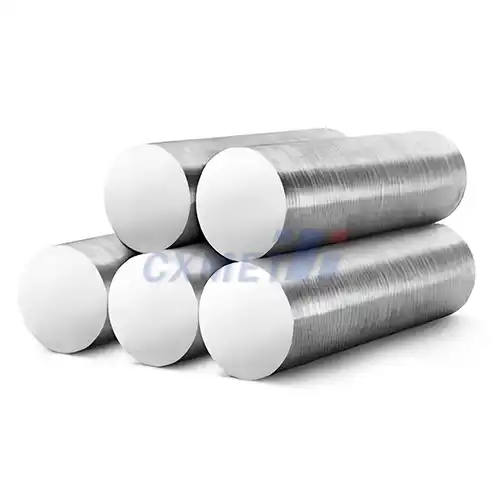- English
- French
- German
- Portuguese
- Spanish
- Russian
- Japanese
- Korean
- Arabic
- Greek
- German
- Turkish
- Italian
- Danish
- Romanian
- Indonesian
- Czech
- Afrikaans
- Swedish
- Polish
- Basque
- Catalan
- Esperanto
- Hindi
- Lao
- Albanian
- Amharic
- Armenian
- Azerbaijani
- Belarusian
- Bengali
- Bosnian
- Bulgarian
- Cebuano
- Chichewa
- Corsican
- Croatian
- Dutch
- Estonian
- Filipino
- Finnish
- Frisian
- Galician
- Georgian
- Gujarati
- Haitian
- Hausa
- Hawaiian
- Hebrew
- Hmong
- Hungarian
- Icelandic
- Igbo
- Javanese
- Kannada
- Kazakh
- Khmer
- Kurdish
- Kyrgyz
- Latin
- Latvian
- Lithuanian
- Luxembou..
- Macedonian
- Malagasy
- Malay
- Malayalam
- Maltese
- Maori
- Marathi
- Mongolian
- Burmese
- Nepali
- Norwegian
- Pashto
- Persian
- Punjabi
- Serbian
- Sesotho
- Sinhala
- Slovak
- Slovenian
- Somali
- Samoan
- Scots Gaelic
- Shona
- Sindhi
- Sundanese
- Swahili
- Tajik
- Tamil
- Telugu
- Thai
- Ukrainian
- Urdu
- Uzbek
- Vietnamese
- Welsh
- Xhosa
- Yiddish
- Yoruba
- Zulu
What is the Chemical Composition of Titanium Alloy 6Al-2Sn-4Zr-6Mo Round Bar?
2024-08-16 11:26:25
Titanium Alloy 6Al-2Sn-4Zr-6Mo Round Bar is an advanced material known for its exceptional strength-to-weight ratio and corrosion resistance. This alloy belongs to the alpha-beta titanium alloy family and is widely used in aerospace, marine, and industrial applications. The chemical composition of this alloy is carefully balanced to achieve optimal mechanical properties and performance characteristics. Understanding its composition is crucial for engineers and material scientists working with this high-performance material.
What are the key properties of Titanium Alloy 6Al-2Sn-4Zr-6Mo Round Bar?
Titanium Alloy 6Al-2Sn-4Zr-6Mo Round Bar, also known as Ti-6246, possesses a unique set of properties that make it highly desirable in various industries. Its chemical composition plays a crucial role in determining these properties. The alloy contains approximately 6% aluminum, 2% tin, 4% zirconium, and 6% molybdenum, with the balance being titanium.
One of the most notable properties of this alloy is its exceptional strength-to-weight ratio. The addition of aluminum and zirconium contributes to the formation of a strong alpha phase, while molybdenum helps stabilize the beta phase. This combination results in an alloy that is significantly stronger than pure titanium while maintaining a relatively low density. The specific strength of Ti-6246 is higher than many steel alloys, making it an excellent choice for applications where weight reduction is critical, such as in aerospace components.
Corrosion resistance is another key property of Ti-6246. The presence of zirconium and molybdenum enhances the alloy's resistance to various corrosive environments, including saltwater and many industrial chemicals. This makes it particularly suitable for marine applications and chemical processing equipment.
The alloy also exhibits excellent high-temperature performance. It can maintain its strength and structural integrity at elevated temperatures, typically up to about 540°C (1000°F). This property is attributed to the stabilizing effect of zirconium and molybdenum, which help prevent excessive grain growth and maintain the alloy's microstructure at high temperatures.
Ti-6246 also demonstrates good fatigue resistance, a critical property for components subjected to cyclic loading. The balanced composition of the alloy helps in creating a microstructure that resists crack initiation and propagation, leading to improved fatigue life compared to many other titanium alloys.
Furthermore, the alloy possesses good weldability and machinability. While titanium alloys are generally more challenging to machine than steels, Ti-6246 offers relatively good machinability among titanium alloys. This property is beneficial for manufacturing complex parts and components.
The combination of these properties makes Titanium Alloy 6Al-2Sn-4Zr-6Mo Round Bar an excellent choice for critical applications in aerospace, such as compressor discs and blades in jet engines, as well as in marine environments and high-performance automotive components.
How does the chemical composition affect the microstructure of Titanium Alloy 6Al-2Sn-4Zr-6Mo Round Bar?
The chemical composition of Titanium Alloy 6Al-2Sn-4Zr-6Mo Round Bar has a profound impact on its microstructure, which in turn influences its mechanical properties and overall performance. Understanding this relationship is crucial for optimizing the alloy's properties for specific applications.
The microstructure of Ti-6246 is characterized by a mix of alpha and beta phases, classifying it as an alpha-beta titanium alloy. The relative proportions and distributions of these phases are directly influenced by the alloy's composition and heat treatment.
Aluminum and tin are alpha stabilizers, promoting the formation of the hexagonal close-packed (HCP) alpha phase. Aluminum, at 6%, is the primary alpha stabilizer in this alloy. It strengthens the alpha phase through solid solution strengthening and helps maintain the alloy's strength at elevated temperatures.
Zirconium, at 4%, acts as a neutral element in terms of phase stabilization but contributes to solid solution strengthening in both alpha and beta phases. It also enhances the alloy's resistance to creep and improves its high-temperature strength.
Molybdenum, present at 6%, is a potent beta stabilizer. It promotes the formation of the body-centered cubic (BCC) beta phase, which is more ductile than the alpha phase. The presence of molybdenum allows for a significant amount of beta phase to be retained at room temperature, contributing to the alloy's strength and formability.
The balanced composition of Ti-6246 results in a microstructure that typically consists of primary alpha grains, transformed beta regions (containing fine alpha platelets within a beta matrix), and some retained beta phase. This complex microstructure is responsible for the alloy's unique combination of properties.
Heat treatment plays a crucial role in manipulating the microstructure of Ti-6246. Solution treatment followed by aging can be used to control the distribution and morphology of the alpha and beta phases. For example, solution treating above the beta transus temperature and then rapidly cooling can result in a fully martensitic structure, which can then be aged to precipitate fine alpha particles within the beta matrix, significantly enhancing the alloy's strength.
The fine-scale microstructure resulting from proper heat treatment contributes to the alloy's high strength and good fatigue resistance. The presence of both alpha and beta phases allows for a balance between strength and ductility, while the complex interface between these phases helps impede crack propagation, enhancing the alloy's toughness.
Understanding and controlling the microstructure through composition and processing is key to optimizing Ti-6246 for specific applications. For instance, in aerospace applications where high strength and fatigue resistance are critical, heat treatments can be tailored to achieve a fine, uniform distribution of alpha particles in a beta matrix.
What are the manufacturing challenges associated with Titanium Alloy 6Al-2Sn-4Zr-6Mo Round Bar?
Manufacturing Titanium Alloy 6Al-2Sn-4Zr-6Mo Round Bar presents several challenges due to its unique chemical composition and the inherent properties of titanium alloys. These challenges span various stages of production, from melting and forming to machining and heat treatment.
The first challenge lies in the melting process. Titanium alloys, including Ti-6246, are highly reactive at high temperatures. This reactivity necessitates specialized melting techniques, such as vacuum arc remelting (VAR) or electron beam melting (EBM), to prevent contamination and ensure the purity of the alloy. The presence of high-melting-point elements like molybdenum and zirconium also requires careful control of the melting process to ensure homogeneous composition throughout the ingot.
Forming Ti-6246 into round bars presents another set of challenges. The alloy's high strength, even at elevated temperatures, requires significant force for deformation. This necessitates powerful forging equipment and often multiple heating and working cycles to achieve the desired shape and microstructure. The temperature control during these processes is critical, as working the material outside of the optimal temperature range can lead to undesirable microstructural changes or surface defects.
Machining Ti-6246 round bars is particularly challenging. The alloy's low thermal conductivity leads to heat buildup at the cutting edge, which can cause rapid tool wear. Its high strength and work hardening tendency further contribute to tool wear and can lead to poor surface finishes if not properly managed. Specialized cutting tools, often with titanium nitride or diamond coatings, are typically required. Additionally, the use of appropriate cutting speeds, feeds, and coolants is crucial to achieve acceptable surface quality and tool life.
Heat treatment of Ti-6246 round bars requires precise control of temperature and cooling rates to achieve the desired microstructure and properties. The alloy's sensitivity to temperature means that even small variations can lead to significant changes in mechanical properties. Achieving uniform properties throughout large round bars can be challenging due to differences in cooling rates between the surface and core.
Surface treatment and finishing of Ti-6246 round bars also present challenges. The alloy's strong affinity for oxygen can lead to the formation of an alpha case layer during high-temperature processing, which can negatively impact fatigue performance. Removal of this layer through chemical milling or machining is often necessary, adding to the manufacturing complexity and cost.
Quality control and inspection of Ti-6246 round bars are critical but challenging aspects of manufacturing. Non-destructive testing techniques like ultrasonic testing are commonly used to detect internal defects, but the complex microstructure of the alloy can make interpretation of results difficult.
Despite these challenges, advanced manufacturing techniques and rigorous process control allow for the successful production of high-quality Titanium Alloy 6Al-2Sn-4Zr-6Mo Round Bars. Ongoing research and development in areas such as additive manufacturing and near-net-shape forming techniques offer promising avenues for overcoming some of these manufacturing hurdles in the future.
At SHAANXI CXMET TECHNOLOGY CO., LTD, we take pride in our extensive product range, which caters to diverse customer needs. Our company is equipped with outstanding production and processing capabilities, ensuring the high quality and precision of our products. We are committed to innovation and continuously strive to develop new products, keeping us at the forefront of our industry. With leading technological development capabilities, we are able to adapt and evolve in a rapidly changing market. Furthermore, we offer customized solutions to meet the specific requirements of our clients. If you are interested in our products or wish to learn more about the intricate details of our offerings, please do not hesitate to contact us at sales@cxmet.com. Our team is always ready to assist you.
References:
1. Lutjering, G., & Williams, J. C. (2007). Titanium (2nd ed.). Springer-Verlag Berlin Heidelberg.
2. Boyer, R., Welsch, G., & Collings, E. W. (1994). Materials Properties Handbook: Titanium Alloys. ASM International.
3. Peters, M., Kumpfert, J., Ward, C. H., & Leyens, C. (2003). Titanium alloys for aerospace applications. Advanced Engineering Materials, 5(6), 419-427.
4. Donachie, M. J. (2000). Titanium: A Technical Guide (2nd ed.). ASM International.
5. Leyens, C., & Peters, M. (Eds.). (2003). Titanium and Titanium Alloys: Fundamentals and Applications. John Wiley & Sons.
6. Veiga, C., Davim, J. P., & Loureiro, A. J. R. (2013). Properties and applications of titanium alloys: A brief review. Reviews on Advanced Materials Science, 32(2), 133-148.
7. Rack, H. J., & Qazi, J. I. (2006). Titanium alloys for biomedical applications. Materials Science and Engineering: C, 26(8), 1269-1277.
8. Qazi, J. I., Marquardt, B., Allard, L. F., & Rack, H. J. (2005). Phase transformations in Ti–35Nb–7Zr–5Ta–(0.06–0.68)O alloys. Materials Science and Engineering: C, 25(3), 389-397.
9. Banerjee, D., & Williams, J. C. (2013). Perspectives on titanium science and technology. Acta Materialia, 61(3), 844-879.
10. Inagaki, I., Takechi, T., Shirai, Y., & Ariyasu, N. (2014). Application and features of titanium for the aerospace industry. Nippon Steel & Sumitomo Metal Technical Report, 106, 22-27.
